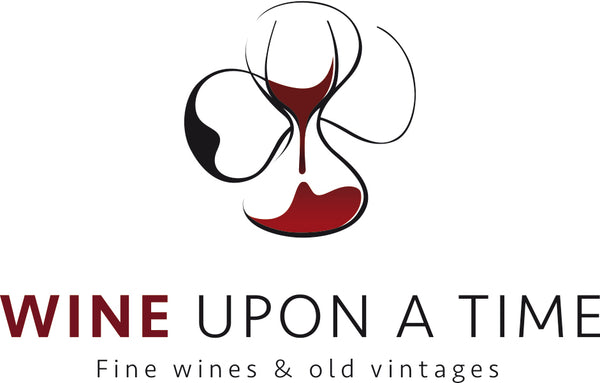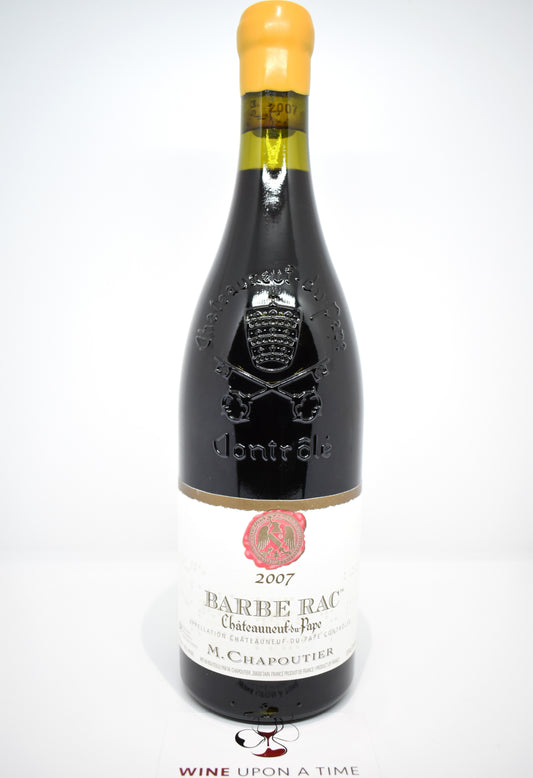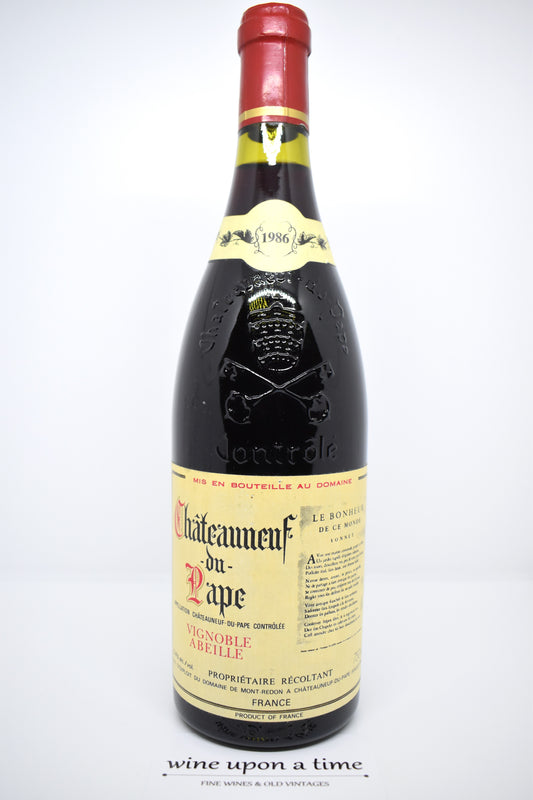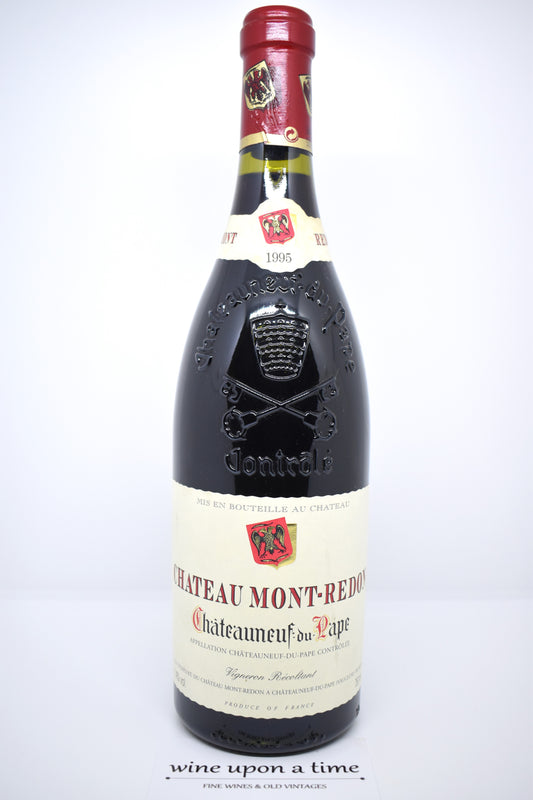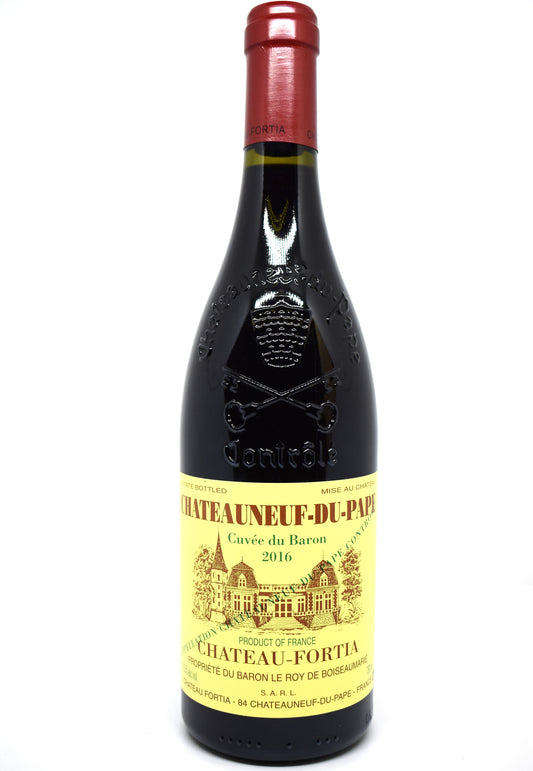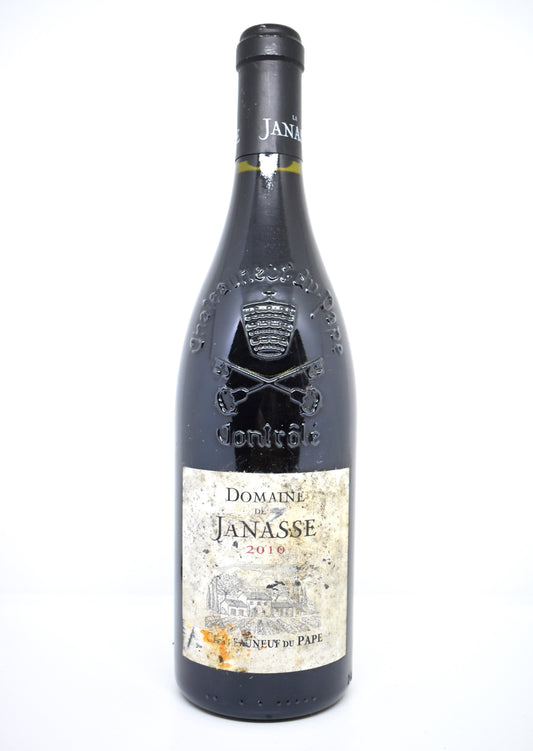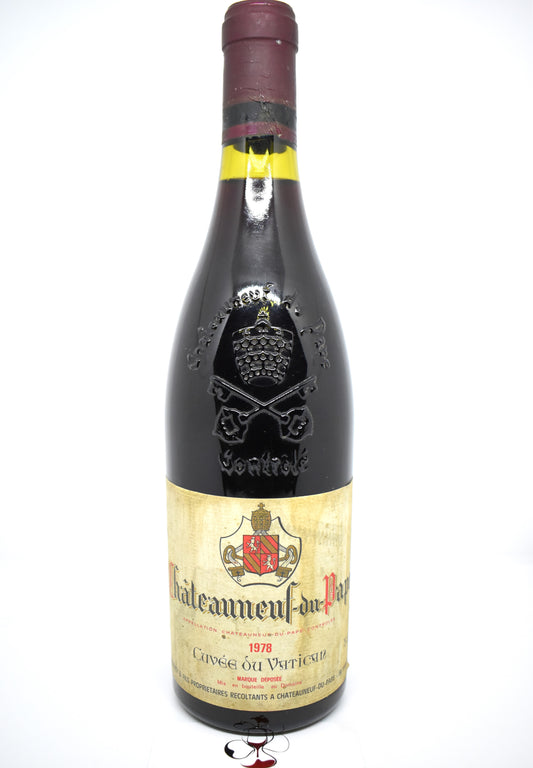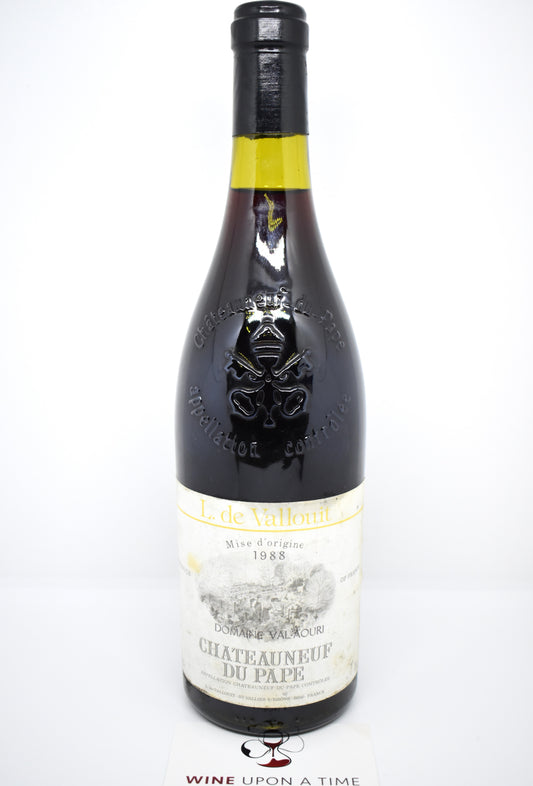The Côtes du Rhône is one of the largest wine regions in France, stretching over 200 km along the Rhone Valley from south of Lyon to Avignon. The region is famous for its generous red wines, although it also produces high-quality white and rosé wines. The Côtes du Rhône is divided into two parts: the Northern Rhone Valley and the Southern Rhone Valley, each with distinct characteristics.
The main regions and appellations of the Côtes du Rhône
The Northern Rhone Valley
Located in the north, this region is known for its more structured and elegant wines, often made from the Syrah grape variety for reds and Viognier for whites.
- Côte-Rôtie : One of the most prestigious appellations in the northern valley. Côte-Rôtie wines are made primarily from Syrah, sometimes supplemented with a small proportion of Viognier, which gives them a unique aromatic profile, combining power and elegance. The steep terroir and schist soils produce complex wines with aromas of black fruits, spices and violets.
- Hermitage : Hermitage red wines, also made from Syrah, are renowned for their richness and ability to age for several decades. The whites, made from Marsanne and Roussanne, are also highly prized for their smoothness and complexity.
- Cornas : 100% Syrah, Cornas wines are among the most tannic and powerful in the northern Rhône. They are often more rustic in their youth, but improve greatly with age.
- Saint-Joseph : Producing red and white wines, this appellation offers more accessible Syrahs than its more prestigious neighbors, with notes of red fruits, spices and a touch of black pepper.
The Southern Rhone Valley
This region, further south, is dominated by blended wines, where Grenache often plays a central role, accompanied by Syrah, Mourvèdre and other grape varieties.
- Châteauneuf-du-Pape : The most prestigious appellation in the southern Rhône. Châteauneuf-du-Pape is famous for its rich, powerful red wines, made from a blend of up to 13 grape varieties, although Grenache is often dominant. They have aromas of red and black fruits, leather, spice and hints of garrigue, typical of the region's stony soils. The less common white wines are also very elegant and structured.
- Gigondas : Neighboring Châteauneuf-du-Pape, Gigondas produces full-bodied red wines, dominated by Grenache, with aromas of ripe fruit, Provençal herbs and spices. These wines have a beautiful tannic structure, ideal for aging.
- Vacqueyras : Less well-known than Gigondas or Châteauneuf-du-Pape, Vacqueyras produces powerful and warm red wines, often based on Grenache and Syrah, with notes of black fruits and spices.
- Tavel : Famous for its rosés, Tavel produces dry, generous and full-bodied wines, mainly based on Grenache and Cinsault. These rosés are known for their structure and their ability to accompany dishes with character.
- Lirac : Located across from Châteauneuf-du-Pape on the right bank of the Rhone, Lirac produces red, white and rosé wines. The reds are often compared to those of Châteauneuf-du-Pape, with aromas of ripe fruit, licorice and notes of undergrowth.
The Côtes du Rhône Villages
In addition to the specific appellations, the Côtes du Rhône region also has several Côtes du Rhône Villages , which represent a step up in quality from the generic Côtes du Rhône. Some of the most renowned villages include:
- Cairanne : Producing full-bodied and fruity reds, Cairanne also offers very balanced whites, with floral and citrus aromas.
- Rasteau : Known for its powerful red wines and its natural sweet wines made from Grenache, Rasteau produces warm wines with aromas of candied fruit and spices.
- Vinsobres : This appellation produces exclusively elegant and structured red wines, with aromas of black fruits, spices and a lovely freshness.
The emblematic grape varieties of the Côtes du Rhône
Côtes du Rhône wines are often blended wines, where each grape variety brings a different dimension:
- Grenache : The dominant grape variety in the southern part, it brings richness, warmth, and aromas of ripe red and black fruits.
- Syrah : Present mainly in the northern part, it produces colorful, tannic wines, with aromas of black fruits, pepper, violet and sometimes smoky notes.
- Mourvèdre : Often used in addition to Grenache and Syrah, it provides structure, tannins and spicy and gamey aromas.
- Viognier : The main white grape variety in the northern part, it produces rich, floral white wines with aromas of apricot and peach.
- Roussanne and Marsanne : Used for whites, particularly in appellations such as Hermitage and Saint-Joseph, these grape varieties bring roundness, complexity and notes of dried fruits and flowers.
Classifications of Côtes du Rhône wines
The Côtes du Rhône region uses a hierarchy of appellations to distinguish the quality of its wines:
- Côtes du Rhône : The generic appellation covers a large part of the region and offers pleasant, often fruity and accessible wines, ideal for everyday consumption.
- Côtes du Rhône Villages : This intermediate appellation designates wines from specific villages, offering superior quality with more complex aromas and better structure.
- Côtes du Rhône Villages with commune name : Wines from certain villages selected for their terroir and quality may bear the name of the village, such as Cairanne or Rasteau.
- Côtes du Rhône Crus : These are the most prestigious appellations, such as Châteauneuf-du-Pape, Côte-Rôtie or Gigondas, which produce high-quality wines, often suitable for aging.
In summary
The Côtes du Rhône offers an exceptional diversity of wines, ranging from the powerful, full-bodied reds of the Southern Rhône to the more elegant, structured wines of the Northern Rhône. With prestigious appellations such as Châteauneuf-du-Pape, Côte-Rôtie and Hermitage, the Côtes du Rhône region continues to seduce wine lovers from around the world with the richness of its terroirs and the variety of its grape varieties.
